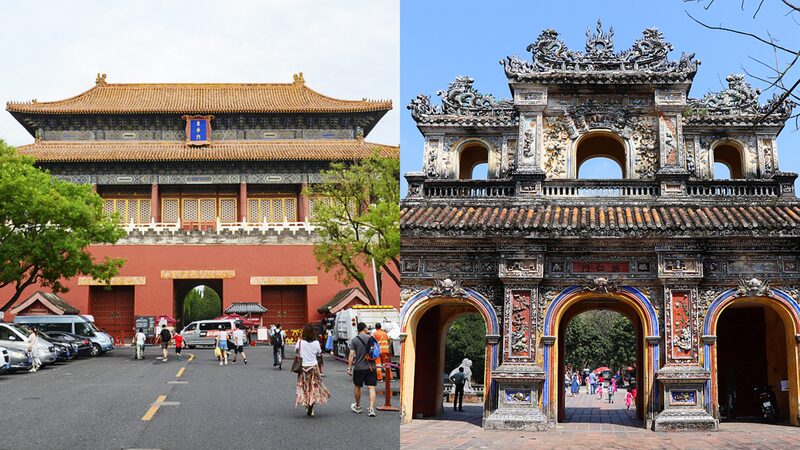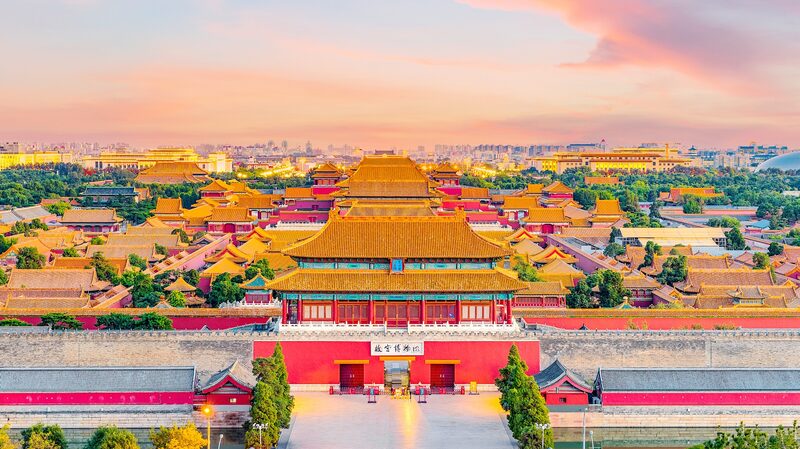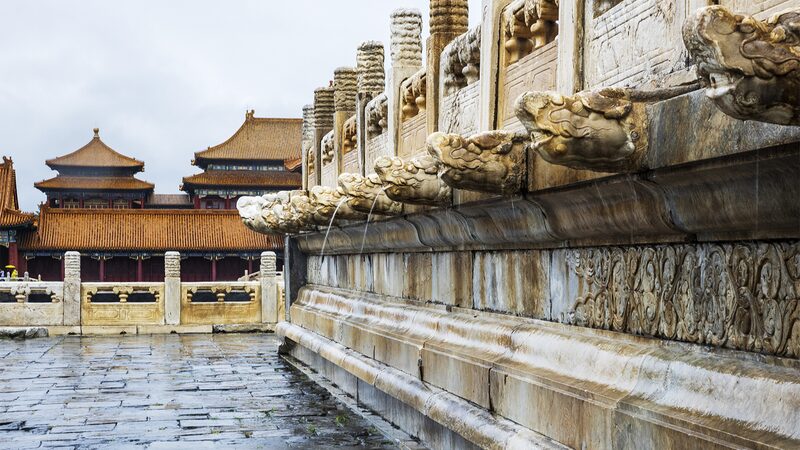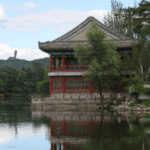Calling all history buffs and wanderlust-driven souls! 🌍 Vietnam's Imperial City of Hue isn't just a UNESCO World Heritage Site – it's a living scrapbook of centuries-old connections between China and Southeast Asia. 🏯✨
Built during the Nguyen Dynasty (1802–1945), this sprawling citadel blends Vietnamese craftsmanship with architectural influences from China's Ming and Qing dynasties. Think dragon motifs 🐉, Yin-Yang roof tiles, and feng shui-aligned layouts that whisper tales of cultural exchange.
Why This Matters Now
As young travelers flock to Hue for its Instagram-worthy gates and forbidden palaces, experts highlight how these structures reflect Vietnam's historical balancing act: adopting Chinese imperial symbolism while maintaining distinct regional identity. 🎎⚖️
\"The parallel corridors and courtyard designs mirror Beijing's Forbidden City,\" says historian Linh Nguyen, \"but the use of local materials like thanh stone makes it uniquely Vietnamese.\"
Reference(s):
Imperial palaces reflect close connections between China and Vietnam
cgtn.com






